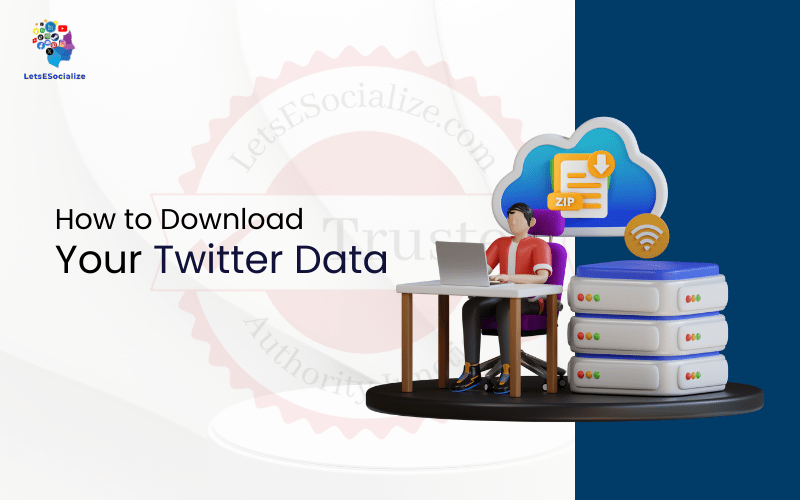In September 2023, downloading your Twitter data is more valuable than ever. With Twitter storing over 500 million tweets per day since its launch in 2006, users have built up an extensive archive of personal data on the platform. This guide will show you how to download your Twitter data for backup and insight.
Your Twitter account contains a treasure trove of memories, conversations, photos, and more that document your life over the past decade or longer. While Twitter makes it easy to browse your timeline, downloading your data lets you rediscover and analyze your Twitter history in new ways.
Follow these steps, and you can download your complete Twitter history to reminisce and learn from your data on your terms.
Table of Contents
Why Downloading Your Twitter Archive Matters

Here are some key reasons why downloading your data is essential:
- Legacy provides a lasting record of your thoughts and life events.
- Memories – Looking through your old tweets and photos lets you reminisce.
- Searchability – You can easily find specific interactions, photos, locations, etc.
- Analytics – You gain insights by studying your posting habits and networks.
- Privacy – You control how your data is used once downloaded.
- Preservation – Data grabs let you store your memories beyond any platform.
Take control of your digital life story by archiving your Twitter history.
How to Request Your Twitter Archive
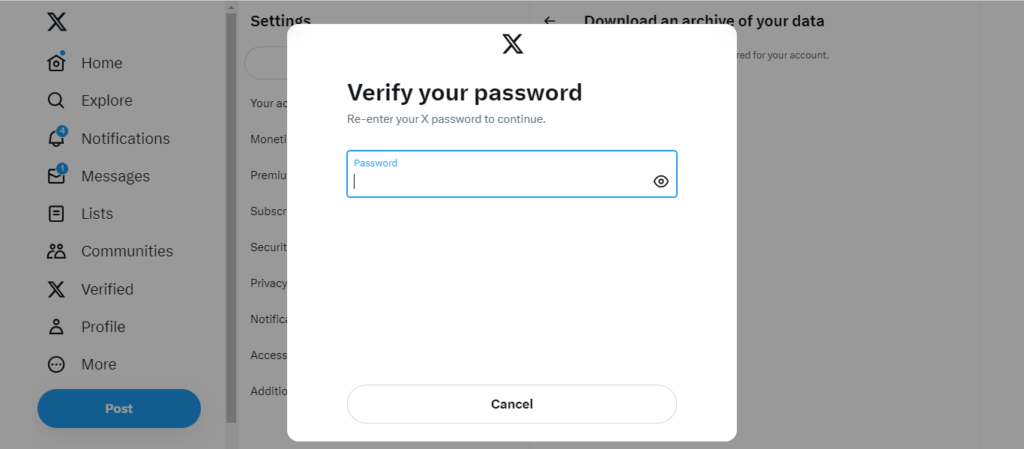
Twitter easily downloads your entire Twitter history through its data settings. Here are the steps:
On the Web:
- Click your profile icon > Settings and privacy > Your account.
- Select Download an archive of your data.
- Enter your password and click Confirm password to proceed.
- Twitter emails you a download link for your archive shortly after.
On Mobile:
- Tap your profile icon > Settings and privacy.
- Tap Your account > Download an archive of your data.
- Enter the password and tap Confirm.
- Check your email inbox for the download link.
The process takes a few days but provides your complete Twitter history in one package.
What’s In Your Twitter Archive
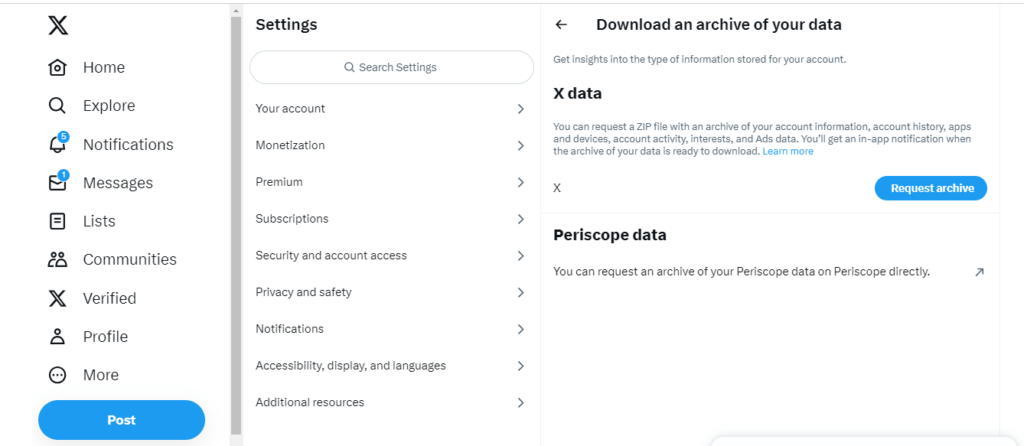
Once downloaded, your Twitter data will be in a .zip file containing JSON files organized into folders:
- Account – Profile info, settings, moments.
- Direct Messages – All your DMs.
- Tweet – Your tweets and reply data.
- Media – Photos, videos, GIFs you posted.
- Following – The accounts you follow.
- Followers – Your follower list.
Your entire life on Twitter is neatly packaged for you to explore offline!
Importing Twitter Data into Apps
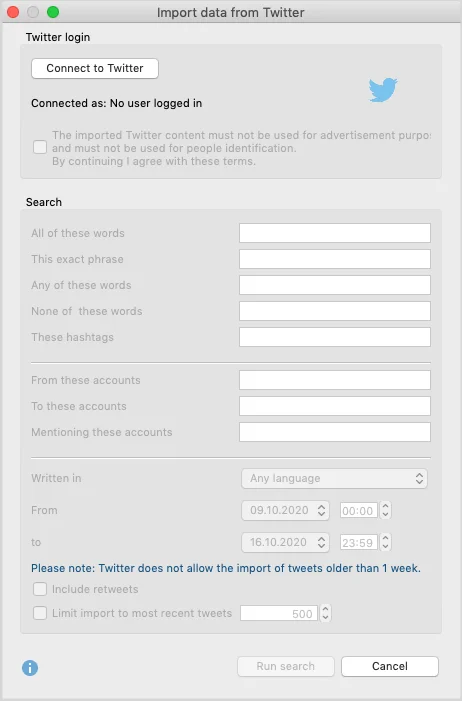
To better visualize and analyze your Twitter archive, you can import it into apps like:
- TweetDeck – Powerful Twitter dashboard.
- Excel – Sort, analyze, and chart your data.
- MongoDB Compass – Browse your tweets in a database.
- Tableau – Generate visualizations from your archive.
This unlocks new ways to make use of your downloaded Twitter data.
Also read: Twitter’s Data Protection Measures
Organizing and Exploring Your Archive
Here are some tips for digging into your Twitter archive:
- Convert file formats – Use tools to convert JSON files to spreadsheets or text documents.
- Catalog media files – Review photos for memorable moments.
- Read DMs chronologically – Revisit conversations with friends.
- Group tweets by year – Explore different life stages and interests.
- Tag and annotate – Highlight meaningful events and interactions.
- Build a scrapbook – Print out tweets and media to curate.
Get creative in reliving your Twitter memories!
Analyzing Your Tweets with AI

AI tools open up powerful ways to generate insights from your Twitter history:
- Language analysis – Discover how your writing style and mood have evolved.
- Entity extraction – Identify your main interests and influences.
- Sentiment analysis – Determine if you’ve become more positive or negative.
- Trend analysis – Spot patterns in your activity over time.
- Tweet summarization – Synthesize your core thoughts and ideas.
Let AI help uncover new perspectives on your Twitter journey!
Rediscovering Your Twitter Memories
Your Twitter archive lets you take a nostalgic trip down memory lane. Here are some memory triggers:
- Locations from geotagged tweets
- Events you live-tweeted
- Old friends you’ve lost touch with
- Past interests and hobbies
- Memes and pop culture moments
- Past relationships
- Career milestones
Each tweet, DM, and photo captures a particular moment for you to relive and reflect on.
Protecting Your Downloaded Data
Exercise good data hygiene when storing your Twitter archive locally:
- Keep it encrypted with a password.
- Use a secure cloud storage service like Dropbox.
- Limit third-party access to the raw data.
- Be careful about sharing copyrighted media.
- Delete it when no longer needed.
You are responsible for handling your Twitter data ethically once in your possession.
Using Your Archive Responsibly
Keep these considerations in mind when working with your Twitter data:
- Respect others’ privacy if they are included in your archive.
- Be thoughtful about re-sharing potentially embarrassing content.
- Do not misrepresent the context of individual tweets.
- Use data ethically in analysis and machine learning.
- Avoid making your archive fully public.
- Delete tweets that could negatively impact you or others.
Handle your Twitter history with care to avoid misuse.
Tweet Privacy and Copyrights
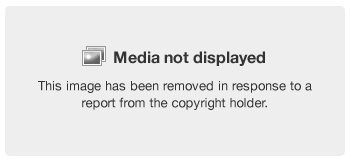
Many tweets are public, but check the privacy levels of content in your archive:
- Deleted or protected tweets may be restricted.
- Direct messages always require permission to share further.
- You may not have rights to media posted by others.
Use good judgment in re-sharing your Twitter data.
Limits of the Twitter API
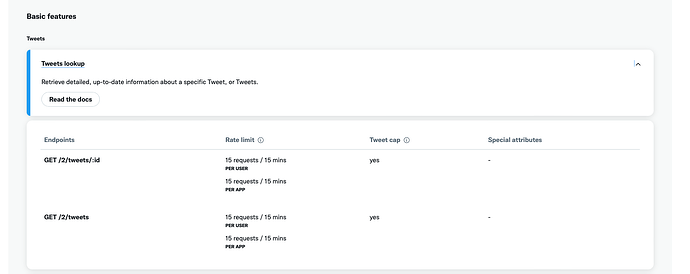
The downloadable archive has some limitations:
- Only includes data since your current account was created.
- Excludes some metadata like precise geolocations.
- Does not cover data deleted before requesting an archive.
- Accessible through their API but with usage limits.
So, your archive provides the majority but only part of your Twitter history.
Best Practices for Data Preservation
To properly preserve your Twitter data over decades:
- Request a fresh archive every 1-3 years.
- Keep multiple copies stored securely in different locations.
- Migrate data to new formats whenever needed.
- Perform random spot checks to confirm archive integrity.
- Designate a digital heir to inherit your data.
With some care, your Twitter history can live on for posterity.
Conclusion
While Twitter provides online access to your recent timeline, downloading your Twitter archive gives you enhanced control, visibility, and data portability. Follow this guide to request your library, explore it, and extract insights.
By becoming stewards of our data, we can preserve our digital memories on our terms. Twitter data represents your lived experiences – treat it with care and purpose.
What surprising discoveries have you made going through your Twitter archive? How are you keeping your digital data preserved? Share your thoughts below!

